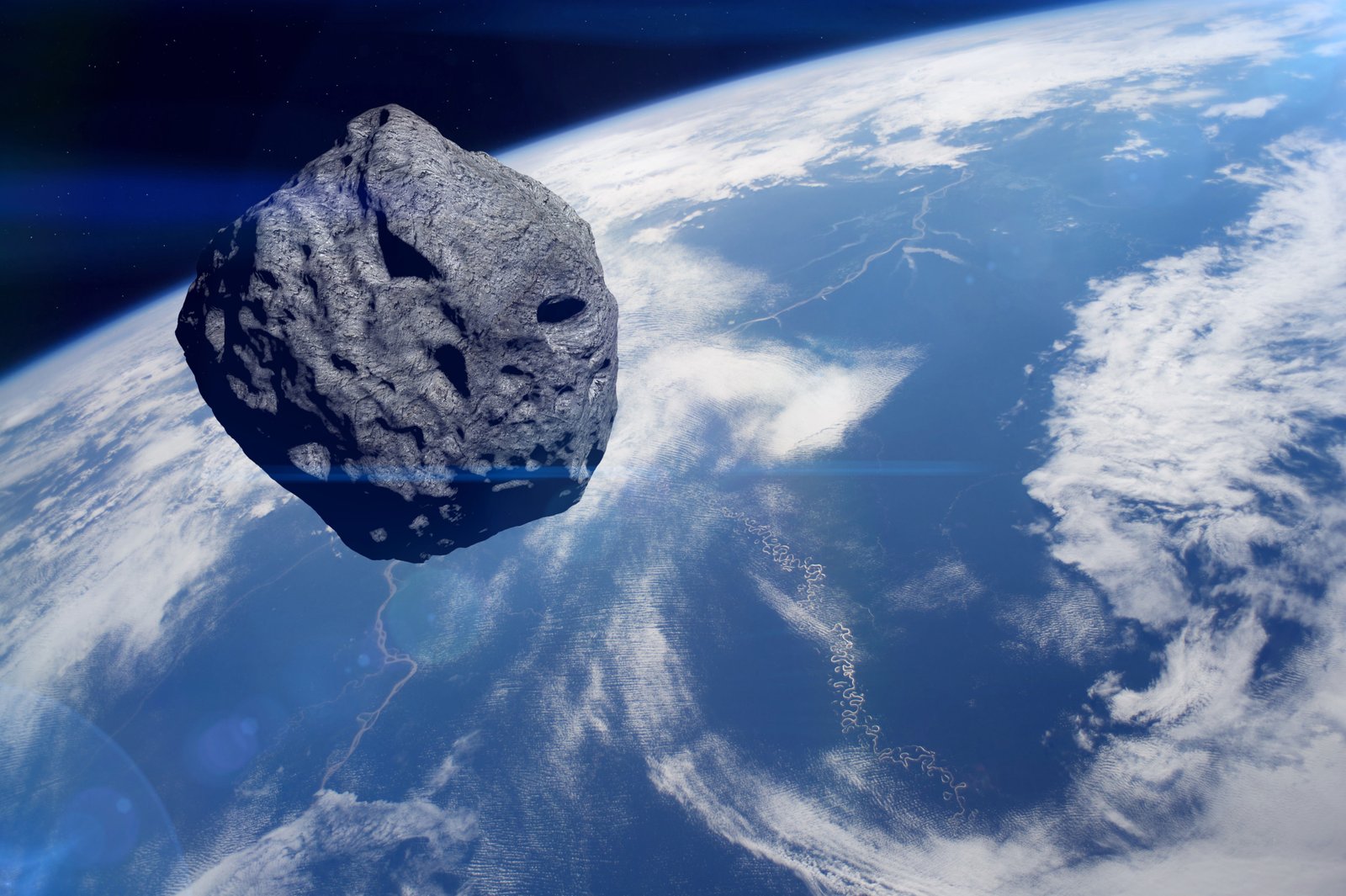NASA is monitoring a plane-sized asteroid expected to whiz past the Earth today at a speed of around 45,991 miles per hour.
The space rock known as “2025 GH,” is estimated to be about 120 feet across, and will make its closest approach to Earth at a distance of 562,000 miles, as reported by NASA’s Jet Propulsion Laboratory (JPL).
2025 GH is part of a series of near-Earth approaches currently being closely monitored by scientists. Four other asteroids will be zipping past our planet today, include three plane-sized space rocks and a bus-sized one, all of them over three million miles away from us.
Asteroids zoom past the Earth all the time, and they’re usually no cause of concern. However, a small portion of them, particularly those measuring over 460 feet across, are classified as potentially hazardous asteroids (PHAs), and are therefore closely monitored by NASA.
Fortunately, there is no significant threat of an asteroid impact for the next hundred years or more. But how could we protect our planet if there was indeed a threat?

getty images
For the first time in history, in 2022, NASA carried out a successful attempt to alter the orbit of an asteroid by crashing a spacecraft into it on Sept. 26, 2022.
“The mission, known as the Double Asteroid Redirection Test, or DART, took place at an asteroid that posed no threat to our planet. Rather, it was an ideal target for NASA to test an important element of its planetary defense plan,” said the space agency.
Back in February, an asteroid—”2024 YR4″—was estimated to have a slight chance of impacting the Earth in 2032. Since then, however, NASA scientists have calculated that the impact—which could level a whole city—is very unlikely to happen.
However, some scientists now believe that 2024 YR4 might be on its course to impact the moon in December 2032 instead.
Scientists currently calculate that there is a nearly 4 percent chance of the asteroid smashing into the Earth’s satellite, based on data from the James Webb Space Telescope.
However, “there is still a 96.2 percent chance that the asteroid will miss the moon,” NASA said.
Moreover, the asteroid, previously estimated to be between 131 and 295 feet, is now believed to be 174–220 feet across, about the size of a 15-story building.
This is significant because it is bigger than the 50-meter [164 feet] threshold for activating planetary defense plans. If the asteroid still had a more than 1 percent chance of hitting the Earth, one or even more deflection missions would already be starting now.
Do you have a tip on a science story that Newsweek should be covering? Do you have a question about asteroids? Let us know via science@newsweek.com.
